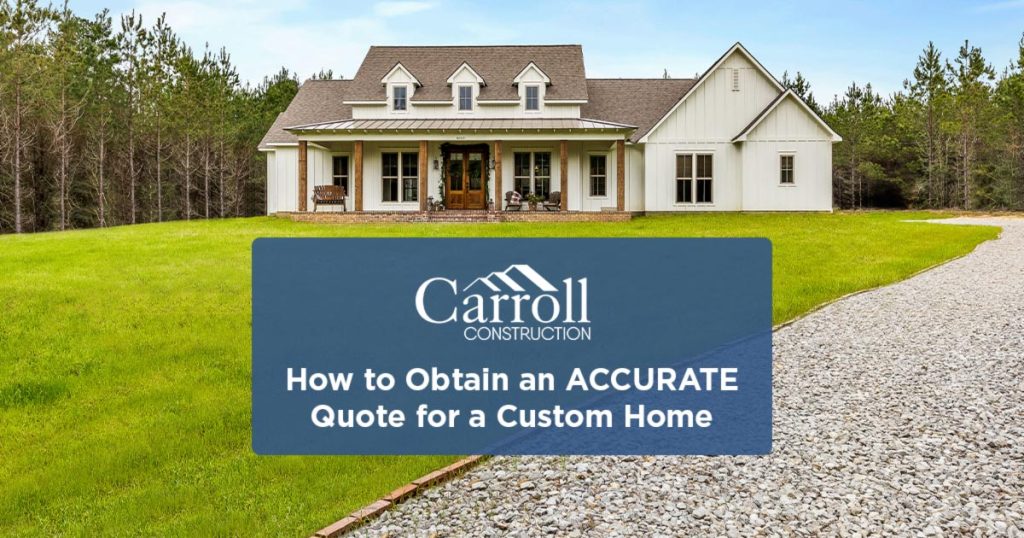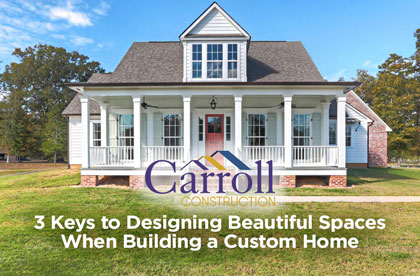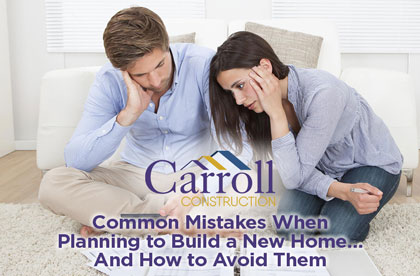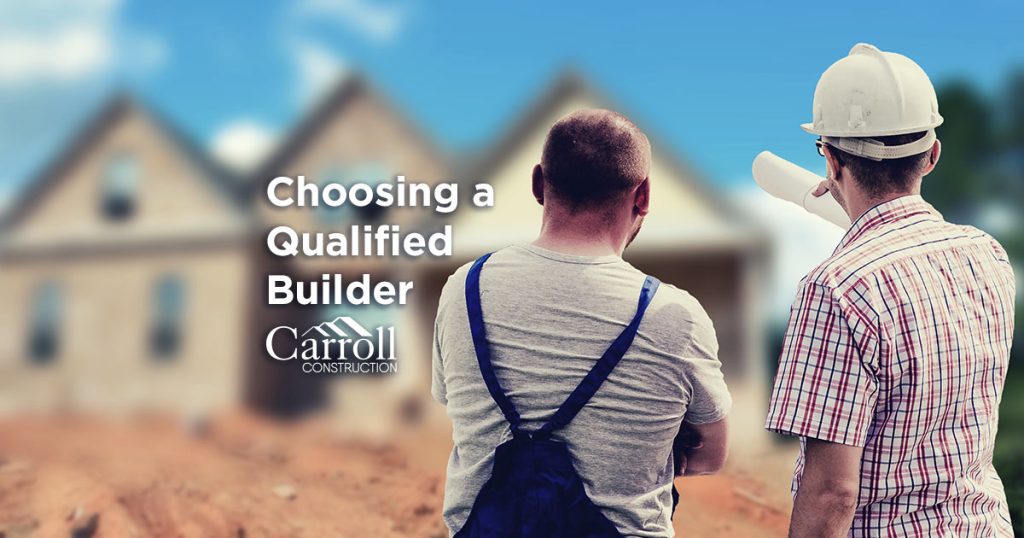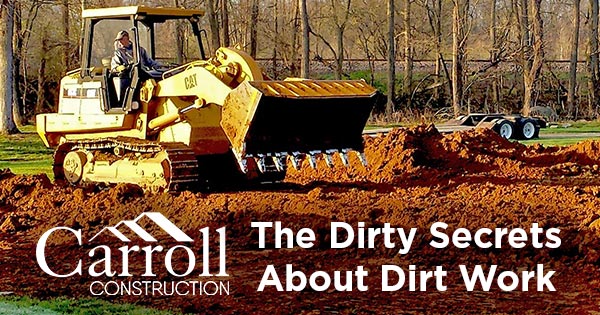In this article, we will go into the steps required to obtain an accurate quote for a custom home from your Design Build Company, or contractor.
We have all been there; you receive a quote but you wonder, “What was left out?”
Unfortunately, this becomes more common as the project becomes more complex such as with a custom home or a large renovation. Ask anyone and you can find a story about a similar frustrating situation. They thought they had agreed to pay for one thing only to find out the end result and finished project they received looked nothing like what was in their dream result.
This is particularly common in regions where the majority of homes available are either production built or semi-custom. In either case, the product is easily identified by the limited number of options available on each plan. Another indicator is an allowance given that effectively limits the options you may choose for your home, at least for that budgeted amount. In fact, when a contractor builds in allowances you are actually signing a contract on an estimate. Anyone who has ever built using an allowance knows you never truly discover the price of the home until you start choosing your allowance items or worse, after it is built.
The reason for this is simple, the contractor has not taken the time to understand what you would like to include in the home down to the model number of the products you desire BEFORE the agreement to build has been signed. They have simply thrown out a rough estimate. It is also indicative of contractors who are not engaging with customers to really get to understand their needs.

The Difference In Custom
Clients building a custom home expect to get what they want and understand what they will pay. This can become extremely complex as there are literally thousands of choices on every home that will need to be considered AND documented. This is the only way to ensure the project built matches the project designed. Something as simple as a paint selection can quickly spin out of control. What color do you want the paint? What sheen? What grade of paint? Will the whole home be painted the same color? If not, what are the answers for each location bearing a new color? Without an organized process the sheer number of decisions can become overwhelming, very quickly.
An accurate quote for a custom home will typically include the following necessary features to communicate to you, the client, what is being presented:
- A set of specifications that detail the material being proposed and that are supported by real quantities either in list format or built into a project management suite.
- This should be further backed up by a written guarantee that all dimensions have been considered.
- Once the quote has been prepared, the contractor will have obtained fixed price bids based on clearly written scopes of work from his or her vendors and laborers to support the quote being presented to you. Those quotes should only come from pre-qualified vendors with a proven track record and that are fully insured.
The simplest way to get to an accurate quote for a custom home is by breaking down the process into two stages: A baseline price and a final fixed price.
The Baseline Price
It is important to note the baseline price does not reflect every whim and desire of the client. That will come later. First, you will want to understand what your custom home, which has often never been built before, will cost when a common set of finishes are included. Again, the purpose of this first pass is to discover what is a reasonable price to expect to pay for your home in the event that you selected the finishes common to the local market yet based upon your one of a kind plans. The contractor should provide a detail of the assumed finishes to give context for the price.
Once the contractor presents this baseline price, they should be careful to also explain the items that will still need to be considered during the selections and after a site visit is performed. At this point, you as the client will have a better understanding of the general price range of your new home. You can decide at this point to proceed with making selections or make revisions to the plan if needed.
Finishes and Selections
The next step would be to travel with either the contractor’s designer or a 3rd party design service in order to begin personalizing your home and adding the custom features. But before I move further into this step I want to emphasize a point about the designer. When selecting a designer you should consider if your primary concern is budget or overall design. The difference matters and this is why. When you choose a contractor’s in house designer, they will have a firm understanding of your budget and should guide you to decisions that steer you towards both your aesthetic desires as well your stated financial goals. An in-house designer will typically be included in the contractor’s preliminary design agreement fees.
Alternatively, when clients select a 3rd party designer, they are often looking primarily for a particular aesthetic that this designer is known for and that appeals to the individual. These designers engage clients in a separate design agreement that works alongside the contractor’s agreement to build. The budget may be considered but only from an “arm’s length” perspective. Either path is fine, but understanding the differences can help you better achieve your end goals.
Once the selections have been made, the salesperson will then forward those unit prices to the contractor who will then combine measurements from the plans, waste factors for the particular product, labor rates and any special considerations to generate a price. If your contractor utilizes a project management suite, you will receive a notification that a decision is ready to be made and you can consider the effect of that finish on the price of your product.
To learn more about the features of a well utilized project management suite, read more here.
After you repeat this decision for each selection and if your contractor is building the home on land you own, your contractor will set up a site visit with you and any necessary specialty trades to determine what site specific work will be needed to prepare your land for your new home. Site decisions often include items such as the locating or orienting of the structure and verifying property lines, setbacks, house pad construction, discussing the utility access, coordinating driveways, tree removal and other items not easily determined by looking at the construction plans. Often it will be necessary to have survey work completed before this meeting to ensure no surprises. These are typically the final decisions that need to be made before a formal agreement to build is generated.
It is worth mentioning the design selections process is the perfect time to introduce any of the special items you would like pricing on. These include Pinterest and Houzz ideas and anything else not immediately clear from simply looking at the plans, sometimes referred to as “house candy.” In other words, things you want to consider to make your home truly your custom vision.
The Final Fixed Price
Once all of this work has been completed, you will have a detailed list of specifications. Most importantly you will have a list of changes to the baseline price that either increased or decreased the price of the home based upon your decisions. We say “most importantly” because this document serves a purpose that is extremely helpful to both clients and their lenders.
Often the lenders hire appraisers who are forced to make decisions on the how much to lend on the home based solely upon a set of plans, a vague description of the finishes included (perhaps photos of another similar home by the contractor), and the comparable prices of homes that are in the area around your future home. This can lead to inaccurate appraisals as the appraiser does not have adequate information and must rely on the choices of your peers to determine how much (s)he values the home at. It is important to note the further the appraisal value is from the actual price of the home, the more money the bank will require for you to put down out of pocket to cover the difference.
By completing a thorough assessment of the project, an accurate quote for a custom home can be completed.
With a more accurate quote, surprises can be avoided and therefore you can spend your time enjoying the process of building instead of dreading the next phone call from your contractor. As a bonus, Clients of Carroll Construction receive a full refund of the price to quote a home (known as a preliminary building agreement) when they enter a full agreement to build their home. The reason for this is simple. We do not offer unqualified guesses like some contractors, nor do we offer these services as profit centers. In fact, preliminary agreements often do not even cover the costs to perform them because of the time involved to generate a high quality well documented and researched professional quote..
While we realize there are many contractors that operate differently, and toss out numbers, we pride ourselves on our strong referral base. We establish relationships with our customers. Our customers are not only a source of pride, but also referrals. They are only going to trust us with referrals when they have had a pleasurable experience. Our willingness to go the extra mile, our 24/7 client and project management system, our high level of communication and our willingness to put the research in, upfront, is all tied to delivering an end product our customers can be proud of and satisfied in. You deserve that.
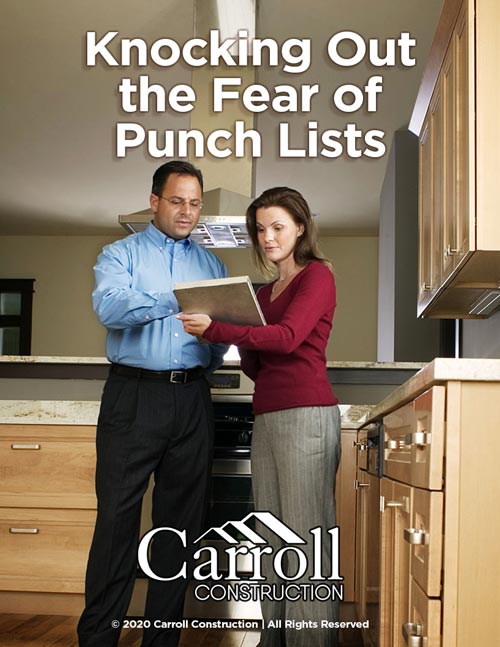
You will receive the download link via email within minutes!

Article by Robert Carroll
Robert is a NAHB Certified Graduate Builder with Carroll Construction. Robert joined the team in 2007 after graduating from L.S.U. with a degree in Construction Management. Now as Chief Operating Officer, Robert Carroll is extremely active in the local builder community, a leader in the LHBA, and is an avid supporter of charity and community causes inside the Greater Baton Rouge area.


